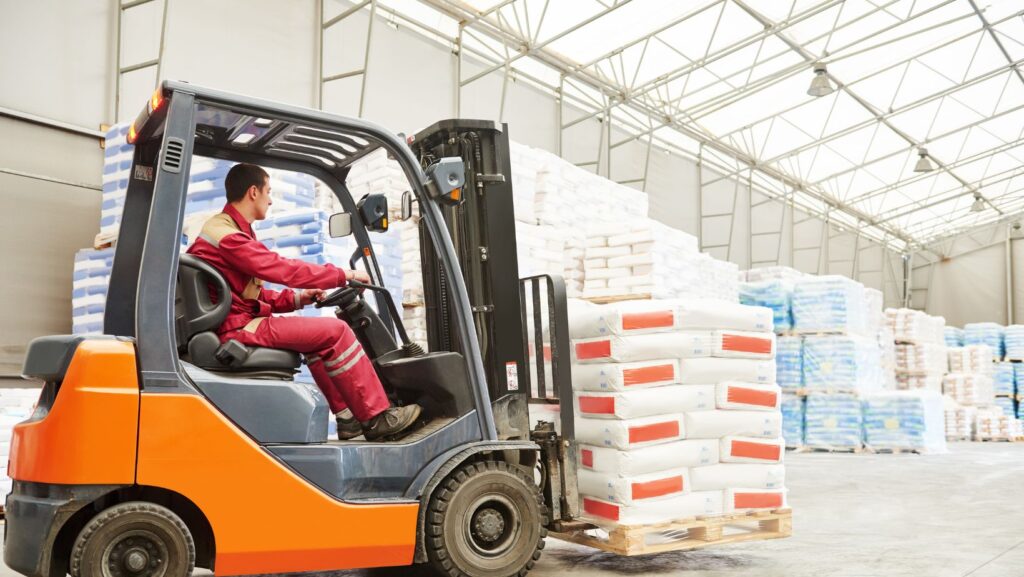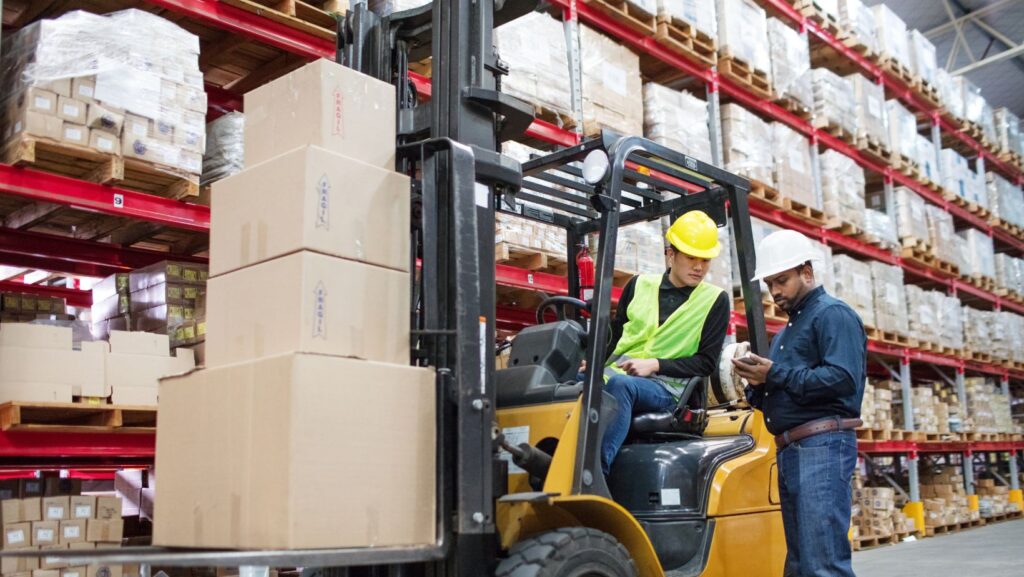When it comes to choosing a forklift for your business, the options can seem overwhelming. The right forklift can mean the difference between smooth operations and a potential bottleneck in your warehousing or manufacturing processes. Understanding your specific needs and options available in the market is essential for making an informed choice. Here are some crucial tips to help guide you in selecting the best forklift for your business.
Understand Your Operational Requirements
Before diving into specifications, it’s vital to assess your unique operational needs. Take a moment to consider:
• Load Size and Weight: What is the average weight of the loads you will be moving? Standard forklifts can handle various weight classes, but knowing this will help narrow down choices.
• Lift Height: How high do you need to lift your loads? Different forklifts offer various maximum lift heights, so understanding your warehouse layout can guide your choice.
• Terrain: Will your forklift operate indoors, outdoors, or both? If outdoor use is required, make sure to choose a model built for rugged terrains.
Once you’ve assessed these factors, you’ll have a clearer direction on the type of forklift you need. For example, if you’re looking for affordable warehouse lifting equipment, options are available that can meet necessary criteria without breaking the bank.
Evaluate Forklift Types
There are several types of forklifts, each suited for different tasks:
Electric Forklifts
Ideal for indoor use, electric forklifts are known for their quiet operation and zero emissions. They are generally used in warehouses or areas with limited ventilation. An electric forklift is an excellent option if your operations require frequent loading and unloading.
Internal Combustion Forklifts
Gas or diesel-powered forklifts provide greater power, making them suitable for outdoor operations or heavier duties. They can navigate rough terrains and are typically more robust than electric models. However, they do require proper ventilation and come with higher emissions.
Narrow Aisle Forklifts
For warehouses with limited space, narrow aisle forklifts are designed to operate in tight spaces effectively. These models are beneficial for maximising storage efficiency but come with specific limitations regarding load capacities and heights.
Consider Attachments and Accessories
Forklifts can be equipped with various attachments to enhance their functionality.
• Attachments: Standard forks can be replaced with attachments like wide forks, rotators, or even clamps tailored for specific tasks such as handling bales, pipes, or pallets.
• Safety Features: Opt for safety accessories like lights, mirrors, and beacons. These can significantly reduce the chances of accidents in busy environments.
When selecting a forklift, consider what attachments will add value to your operations and ensure your team’s safety.
Rental Options vs. Purchase
Deciding whether to purchase or rent a forklift is a significant consideration for many businesses.
Renting Forklifts
Renting can be a cost-effective option for businesses that have temporary or fluctuating needs. It allows you to select the appropriate model for a short-term project without the initial investment of purchasing.

This approach can also alleviate maintenance responsibilities since most rentals include service packages.
Purchasing Forklifts
On the other hand, if your operations are consistent and require long-term solutions, purchasing might be the better choice. Owning a forklift can offer better cost-efficiency in the long run, allowing you to avoid ongoing rental fees. Moreover, certain financial incentives may be available, such as tax deductions on purchases.
Maintenance and Service
Reliable maintenance is critical for the longevity of your forklift. An ideal forklift supplier should offer excellent after-sales support, including:
• Service Agreements: Look for suppliers that provide warranty options along with service plans to cover regular check-ups and urgent repairs.
• Spare Parts Availability: Ensure that spare parts for your forklift are readily available to reduce downtime in case of machinery failure.
Budget and Financing Options
Establish a clear budget before making your selection. Costs can vary significantly based on the type and features of the forklift. It’s also worth exploring financing options, as many suppliers offer tailored finance plans, making high-quality forklifts more accessible to businesses of all sizes.
Compare Suppliers
When you’ve narrowed down your choices, take the time to compare multiple suppliers. Look for:
• Reputation: Research customer reviews and testimonials.
• Value-added Services: Are they offering training for your operators? What about ongoing support?
• Customization Options: Can the supplier cater to your specific requirements?
Final Thoughts
Investing in the right forklift is a pivotal decision for your business, impacting efficiency and productivity. By carefully considering your operational needs, evaluating forklift types, exploring rental and purchase options, and ensuring ongoing support and maintenance, you’ll be well on your way to making a smart investment.
In conclusion, whether you’re a small business owner or managing a large warehouse, understanding these elements is crucial in selecting the best forklift for your operations. Quality, safety, and efficiency should always be your top priorities, and with the right approach, you’ll find that perfect forklift to elevate your business processes.


